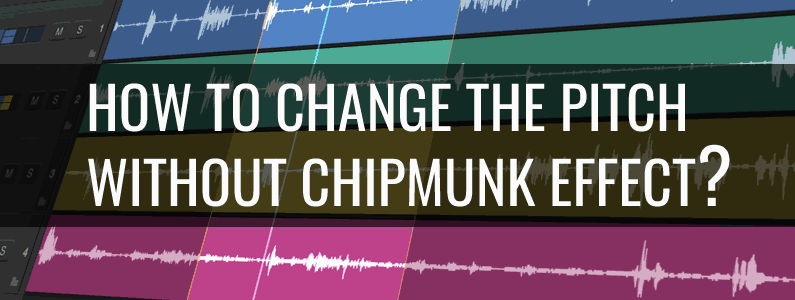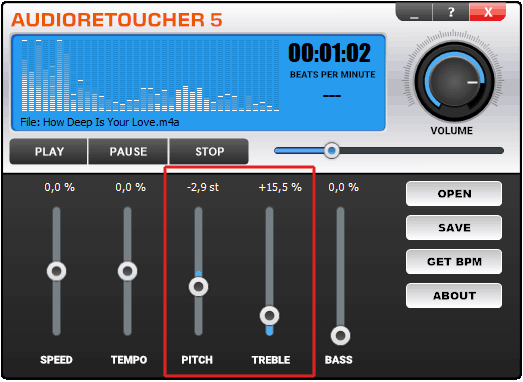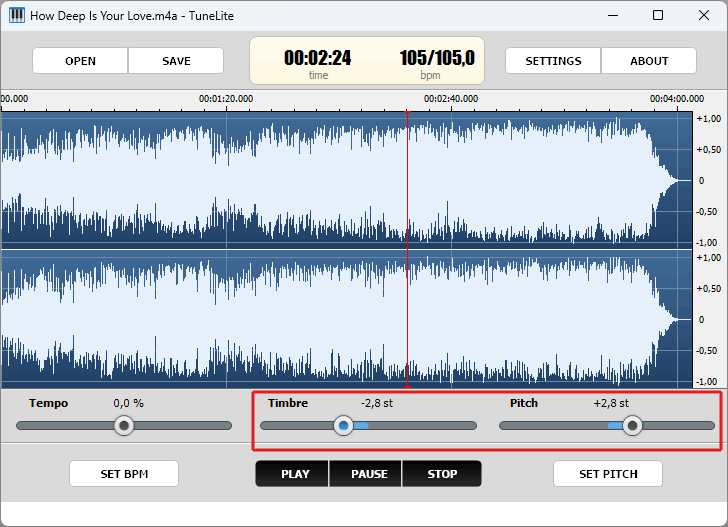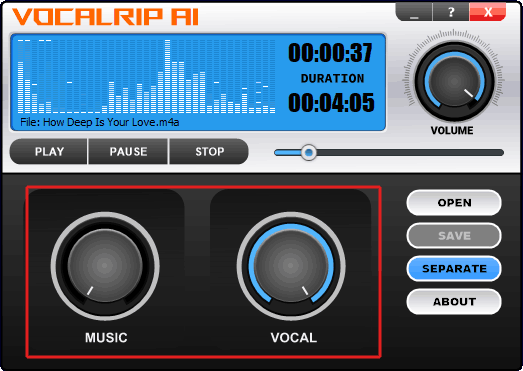
Back in the day, when Alvin and the Chipmunks hit cinemas, this voice was the bee's knees. If you want to amuse your friends, it's easy to achieve the chipmunk effect, but much more difficult to get rid of it. Changing the pitch of a sound is a pretty common task in music production, podcast editing and sound design. Auto-Tune, for instance, is a popular tool for enhancing vocal performances. Whether you want to re-pitch just the vocals or the instrumental part of the song, you will definitely encounter this problem. In this article, we're going to take a look at what causes this and how you can use tools and techniques to change the pitch without making your sound sound like a chipmunk.
1 What causes the chipmunk effect?
But before you start looking for solutions, it's important to understand what pitch is and why changing it can lead to that unwelcome chipmunk effect. Pitch is basically how loud or quiet something sounds. Higher pitches are heard as high notes, and lower pitches are heard as low notes. In music, pitch is what makes a high note different from a low note. In speech, pitch changes can make a voice sound happy or angry, for example. The problem is that classic pitch-shifting algorithms affect all components of a musical composition equally. But on the flip side, this actually gives us a pretty clear idea of how to fix it.
The chipmunk effect is when you increase the pitch of a voice or sound without keeping the original sound's natural characteristics. Formants are the resonant frequencies in the vocal tract that give the voice its unique timbre. When you change the pitch, the formants also change, which can make the voice sound unnatural. You'll notice this most when the pitch is cranked up a lot, making the voice sound really high and squeaky, like a chipmunk.
So, to get rid of the chipmunk effect, you should either use time-stretching to fix the frequency of the whole signal, or change the individual frequencies of the signal separately.
2 Pitch Shifting with Time Stretching
The basic approach to preventing the chipmunk effect is to combine pitch shifting with time stretching. By adjusting the pitch and then stretching the audio to preserve the original duration, you can minimize the impact on formant frequencies.
Let's look at AudioRetoucher as an example. Unlike most pitch shifters based on a phase vocoder, this one uses a unique algorithm on a wavelet transform. What does this give? Preservation of transitions, transparent sound of brass instruments and cymbals.

The Pitch slider here synchronously changes the tempo, so there is no need to do manual stretching. In terms of vocals, things are also good here, a change within 3 semitones does not lead to negative effects. We can conclude that this program is great for changing the pitch of musical compositions, but it is not able to completely solve the problem of the chipmunk sound.
3 Changing the Pitch with Formant Preservation
What happens if you combine the wavelet algorithm with formant preservation? We get a virtually perfect solution in the form of tuneLite. These tools analyze the structure of audio formants and adjust the pitch while maintaining the natural timbre.
The Timbre slider allows you to independently adjust the formant regardless of the pitch. By keeping the formants at their original frequencies while changing the pitch, you can maintain the natural timbre of the voice. To do this, move the timbre slider in the direction opposite to the Pitch slider by the same number of semitones.

The algorithm actually isolates the spectral range of formants in real time and processes it separately from other frequencies. If you're working with a single track containing just vocals, this solution will pitch vocals up an entire octave without noticeable distortion.
4 Separate processing of vocals and music
As a rule, pitch shifting is used at the preliminary stages of mastering, long before mixing audio tracks. But what if you need to process a finished composition? Preserving formants can affect the sound of musical instruments, pitch shifting the sound of the guitar will inevitably affect the vocals. So you need to split the song into separate stems, process them separately, and then re-mix. Built-in vocal separators of sound editors based on phase cancellation are not suitable here, so it is better to turn to modern solutions based on machine learning.
In the case of vocals, it is important to choose a separator that provides maximum extraction quality, without leaks from backing track. In this case, VocalRip AI will help us, which specializes in this particular task.

Any sound editor will do for subsequent mixing of tracks. Since we have used the editor, then to get a better sound we can additionally use the harmonization technique. If you're working with music, try harmonizing the original audio by adding additional tracks with slightly different pitches. When pitch-shifting a voice, try blending the pitch-shifted version with the original audio.
5 Conclusion
Mastering the art of pitch shifting without the chipmunk effect requires a combination of technical knowledge, creative experimentation, and a keen ear for natural sounding audio. By understanding the basic principles, you will always be able to find the best algorithm for each type of audio material.
Remember that the key to successful pitch-shifting lies in preserving the natural formant characteristics of the sound when working with vocals, especially if you're processing vocals before mixing them with music or any other audio source. Watch the formants, combine techniques, experiment and iterate again. Using the strategies outlined in this guide, you'll be able to create a pitch-shifted vocal that sounds smooth, natural, and without the dreaded chipmunk effect.
